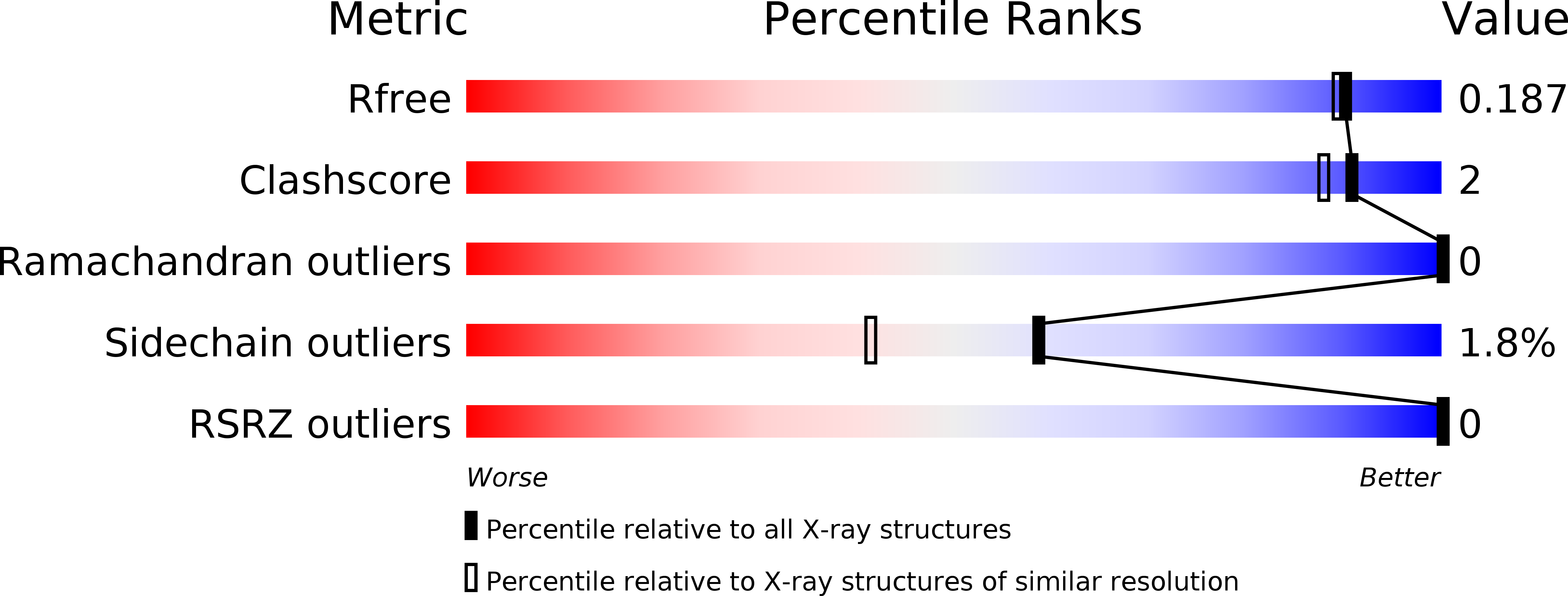
Deposition Date
1999-03-11
Release Date
1999-10-13
Last Version Date
2023-08-30
Entry Detail
PDB ID:
2YAS
Keywords:
Title:
HYDROXYNITRILE LYASE FROM HEVEA BRASILIENSIS COMPLEXED WITH RHODANIDE
Biological Source:
Source Organism:
Hevea brasiliensis (Taxon ID: 3981)
Host Organism:
Method Details:
Experimental Method:
Resolution:
1.72 Å
R-Value Free:
0.19
R-Value Observed:
0.15
Space Group:
C 2 2 21


